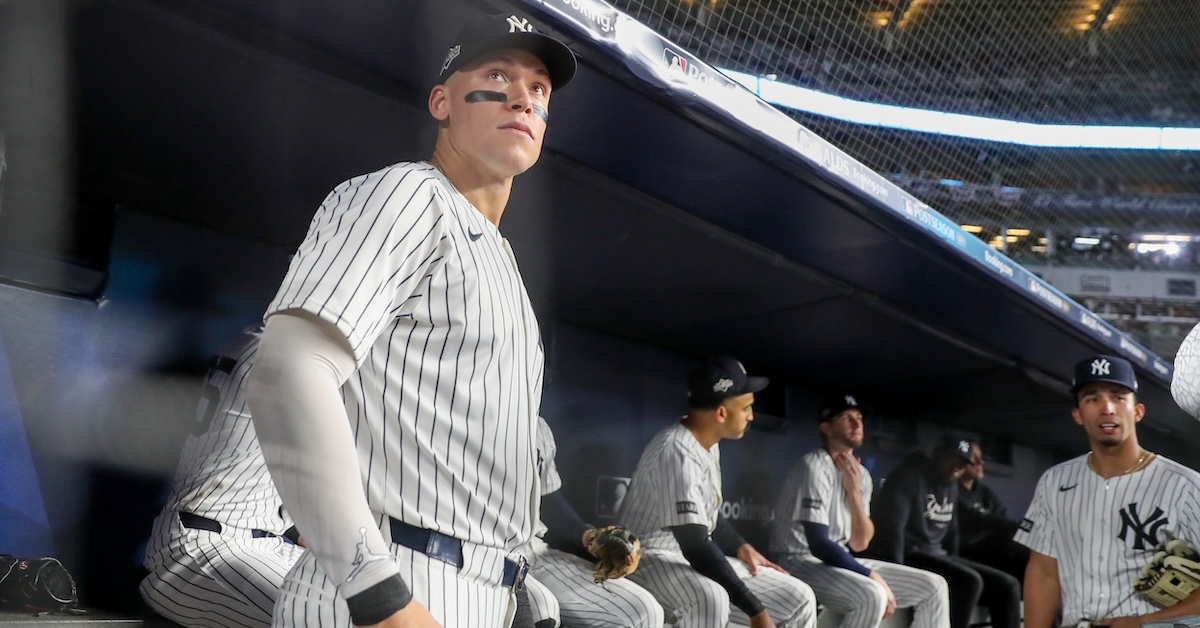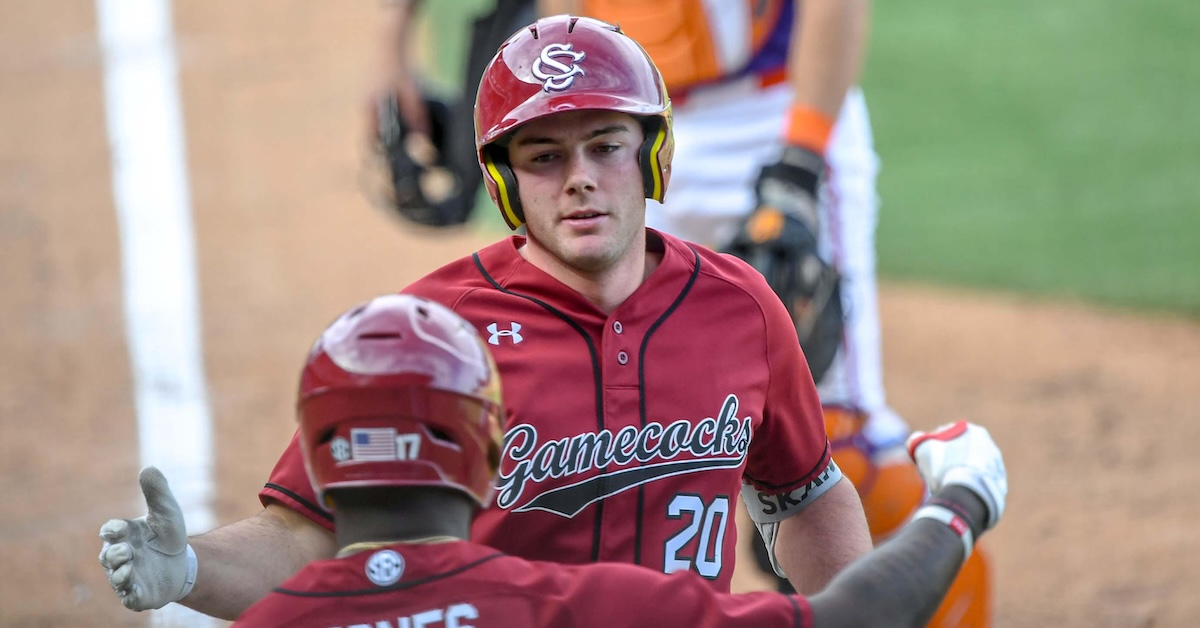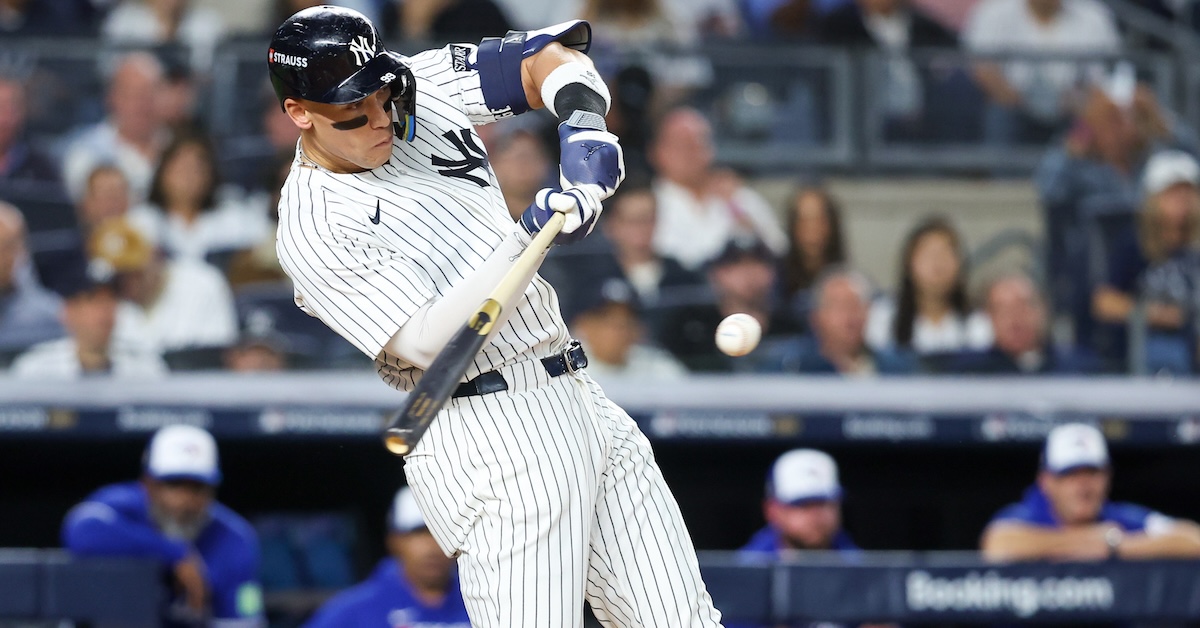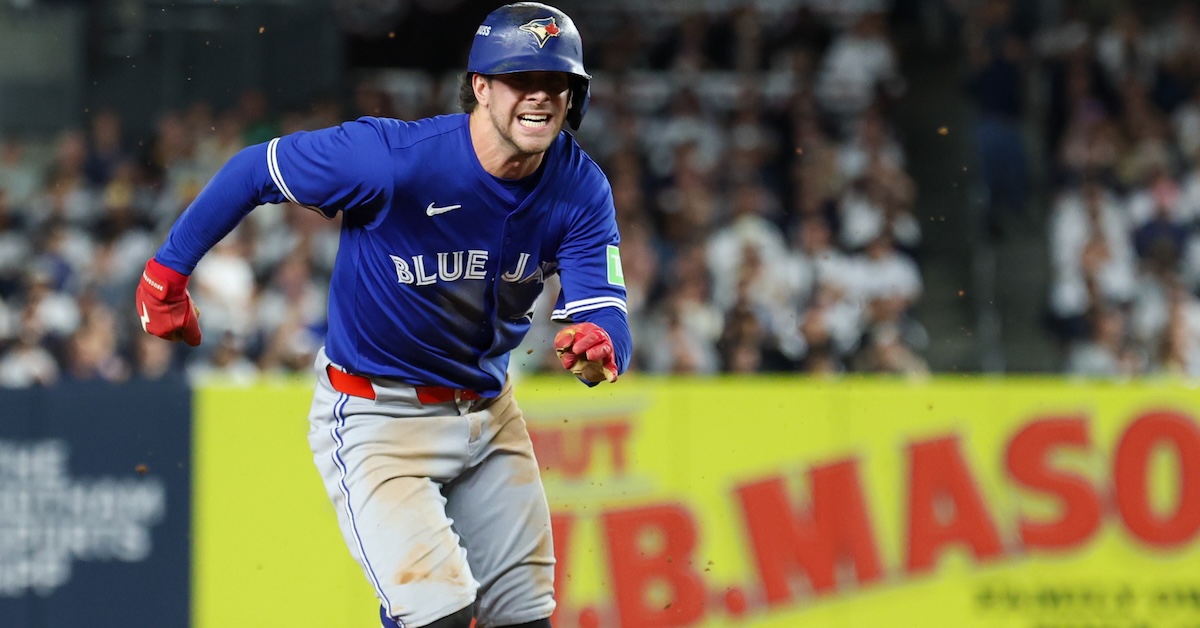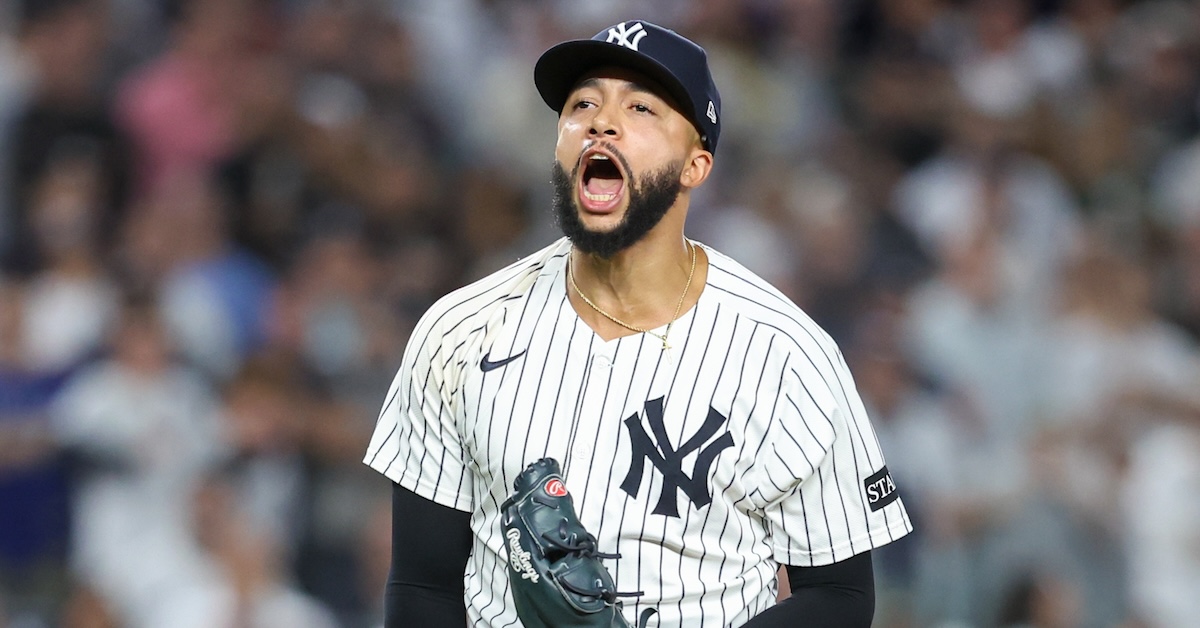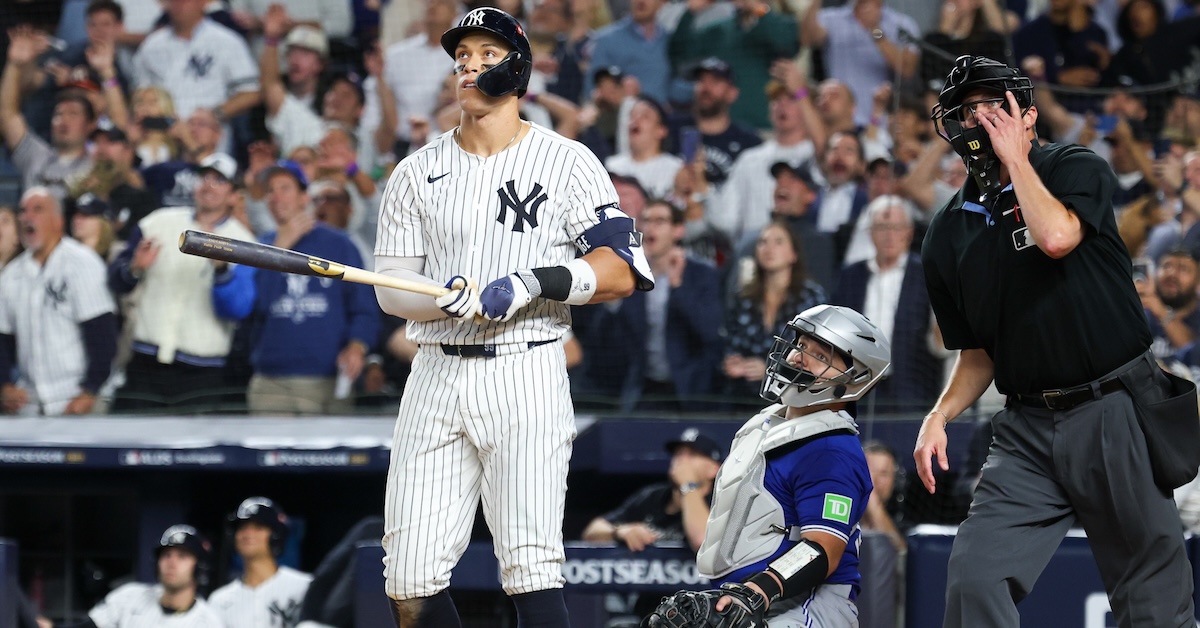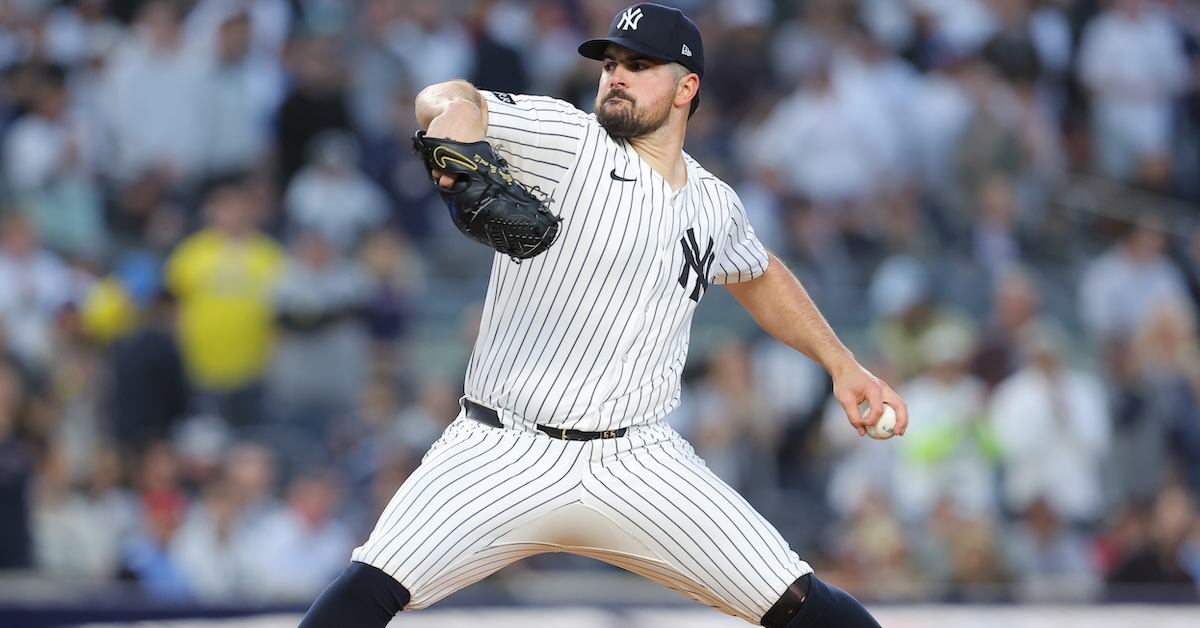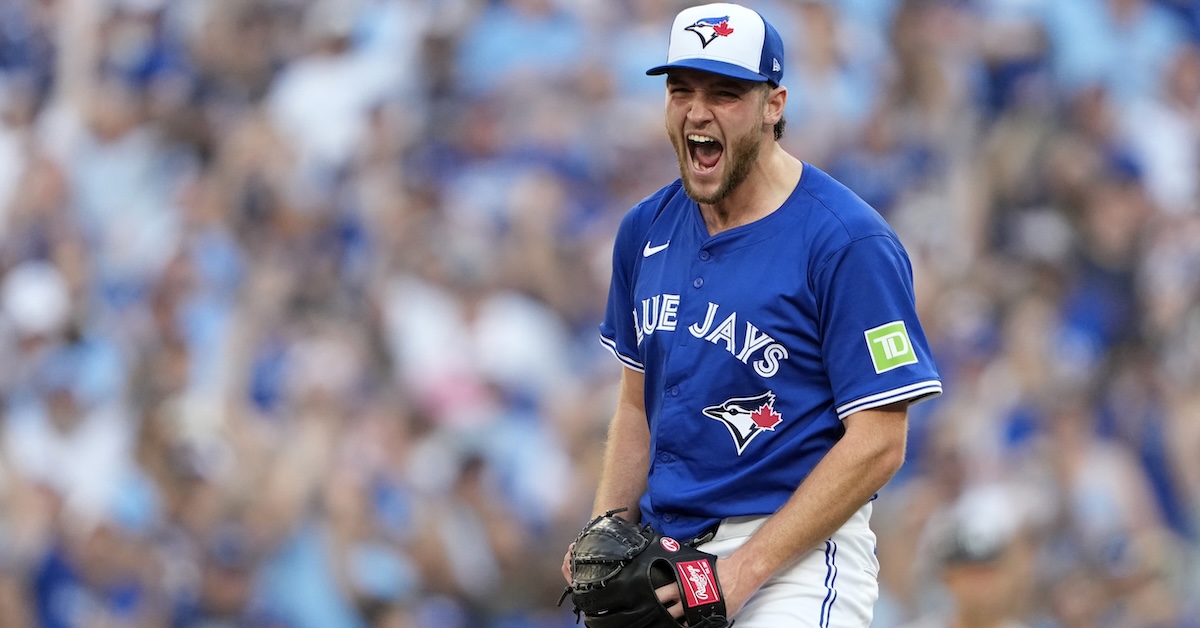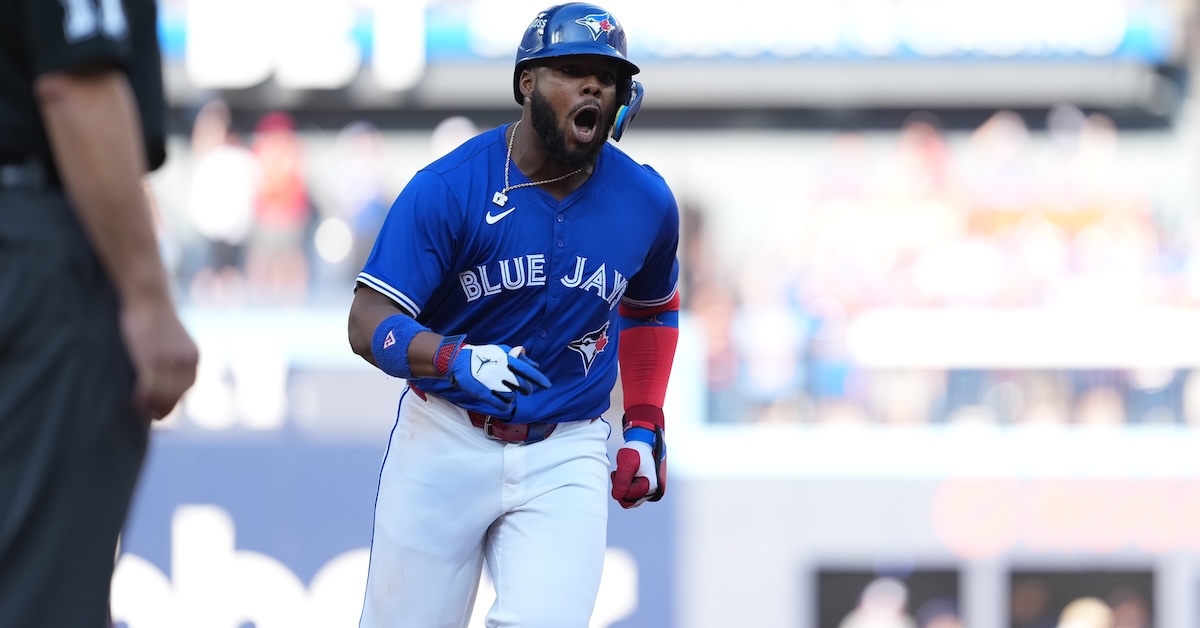Postseason Managerial Report Cards: Aaron Boone and A.J. Hinch
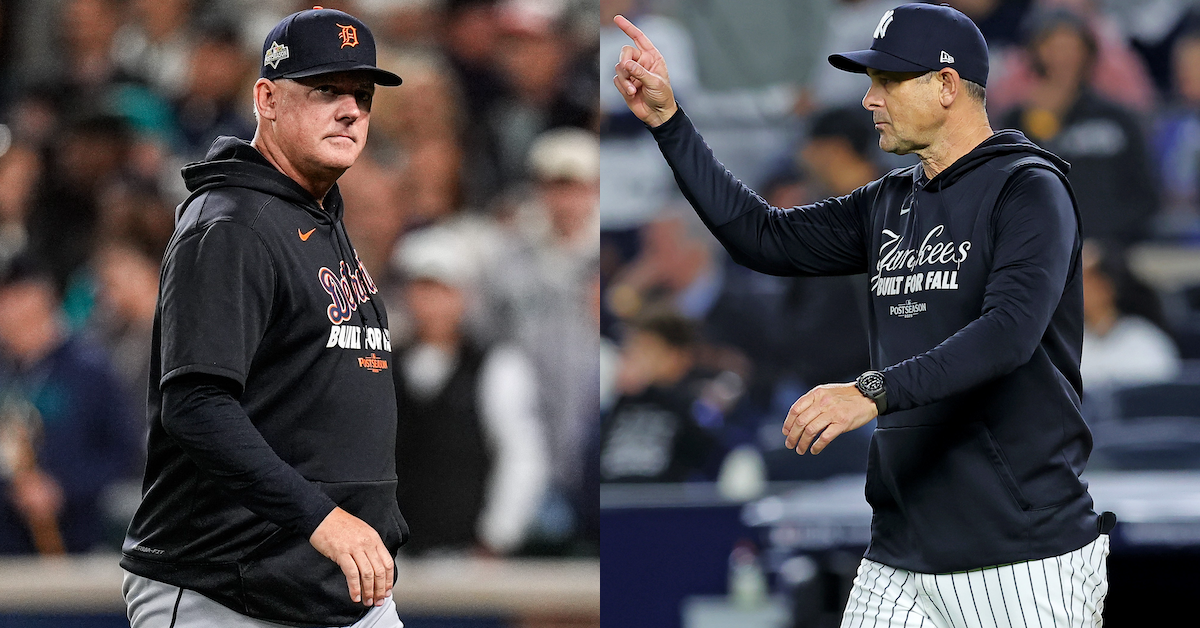
I’m trying out a new format for our managerial report cards this postseason. In the past, I went through every game from every manager, whether they played 22 games en route to winning the World Series or got swept out of the wild card round. To be honest, I hated writing those brief blurbs. No one is all that interested in the manager who ran out the same lineup twice, or saw his starters get trounced and used his best relievers anyway because the series was so short. This year, I’m skipping the first round, and grading only the managers who survived until at least the best-of-five series. Today, we’ll start with the two managers who lost in the American League Divisional Series, Aaron Boone and A.J. Hinch.
My goal is to evaluate each manager in terms of process, not results. If you bring in your best pitcher to face their best hitter in a huge spot, that’s a good decision regardless of the outcome. Try a triple steal with the bases loaded only to have the other team make four throwing errors to score three runs? I’m probably going to call that a blunder even though it worked out. Managers do plenty of other things — getting team buy-in for new strategies or unconventional bullpen usage behind closed doors is a skill I find particularly valuable — but as I have no insight into how that’s accomplished or how each manager differs, I can’t exactly assign grades for it.
I’m also purposefully avoiding vague qualitative concerns like “trusting your veterans because they’ve been there before.” Playoff coverage lovingly focuses on clutch plays by proven performers, but Cam Schlittler and Michael Busch were also great this October. Forget trusting your veterans; the playoffs are about trusting your best players. Blake Snell is important because he’s great, not because of the number of playoff series he’s appeared in. There’s nothing inherently good about having been around a long time; when I’m evaluating decisions, “but he’s a veteran” just doesn’t enter my thought process.
I’m always looking for new analytical wrinkles in critiquing managerial decisions. I’m increasingly viewing pitching as a tradeoff between protecting your best relievers from overexposure and minimizing your starters’ weakest matchups, which means that I’m grading managers on multiple axes in every game. I think that almost no pitching decision is a no-brainer these days; there are just too many competing priorities to make anything totally obvious. That means I’m going to be less certain in my evaluation of pitching than of hitting, but I’ll try to make my confidence level clear in each case. Let’s get to it. Read the rest of this entry »

